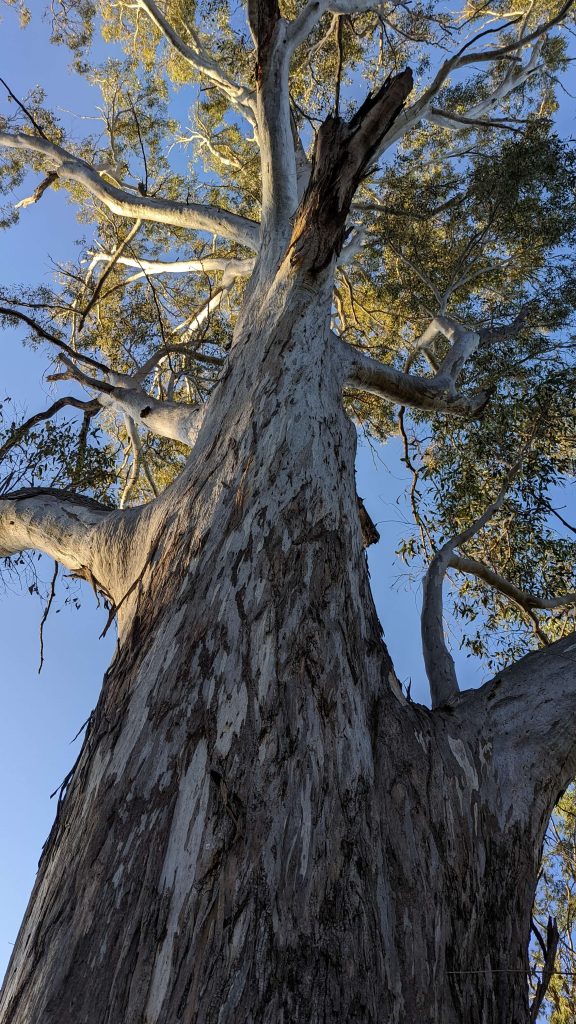
Keeping our natural surroundings healthy and beautiful
Tree workers seem a dime a dozen these days. You will understand why once you understand the importance of tree care. Tree care isn’t just about the maintenance of tree health. It is about encouraging trees to thrive in the confines that human urbanisation has placed upon them. Proper maintenance of trees ensures that houses, infrastructure, and people can safely exist surrounded by our natural habitat. This has the added benefit of minimising human impacts to the health of the trees.
Benefits of Trees
Trees have this incredible ability to invoke a sense of calm and serenity within their human admirers. Their enduring presence commands a sense of emotional connection that can draw communities together in protest of their removal, highlighting the deep bond between humans and their leafy habitat. Studies have shown that urban landscapes with significant green spaces have fewer instances of crime1, traffic2 and workplace stress3 compared to spaces devoid of trees.
This brings us back to the importance of tree care, properly maintained trees can provide communities with architectural and engineering functions. Trees provide privacy and can screen out less favourable views of surrounds, they may also serve to enhance the surrounding vista. In addition, trees provide wildlife habitats in our urban settings, a purpose particularly valuable, given our Australian fauna.
Of course, we can’t discuss the benefits of trees without touching on the most obvious and, potentially most important of their advantages; environmental improvements. Reduction in pollution, control of stormwater runoff, moderation of extreme sun, wind, and rain to name a few. We could be here all day delving into exactly how trees impact our environment in a positive way. To summarise, more trees mean a healthier environment.
Importance of Tree Pruning
With all these positive impacts that trees bring to us, it stands to reason that the right care can enhance the health and prolong the lifespan of a tree in our urban environment.
Pruning is one of the most common tree care practices, done properly, regular pruning can selectively remove defective branches, improve overall tree structure, prevent tear-outs and reduce the risk the tree may pose on nearby property. Done badly, pruning can have detrimental impacts on the health and structure of the tree, causing canopy imbalance, limb weaknesses and pest or fungus damage, making the tree hazardous to anything within the vicinity.
When pruning mature trees, it is important to remember that minimising the impact to the tree is essential. Ideally, pruning should never remove more than 25% of the live canopy, aiming for regular smaller prunes. This gives the tree time to heal each time and is more beneficial than waiting and requiring a huge amount of work. Trees are living organisms and pruning opens wounds in the wood, just like how humans expend extra energy to heal after an injury, so do trees.
Of course, the regularity of pruning entirely depends on the type of tree, the environment it is growing in and the climate. If it has been a particularly wet season, your tree may have grown faster than usual, or conversely, if it has been dry, your tree may not require the removal of live wood, however there could be greater need to remove dead or dying branches.
Citations:
- Shepley M, Sachs N, Sadatsafavi H, Fournier C, Peditto K. The Impact of Green Space on Violent Crime in Urban Environments: An Evidence Synthesis. (2019). Int J Environ Res Public Health;16(24):5119. doi: 10.3390/ijerph16245119.
- Naderi, Jody & Kweon, Byoung-Suk & Maghelal, Praveen. (2008). The street tree effect and driver safety. ITE Journal on the Web. 78. 69-73.
- Berman MG, Jonides J, Kaplan S. The cognitive benefits of interacting with nature. (2008). Psychol Sci; 19(12):1207-12. doi: 10.1111/j.1467-9280.2008.02225.

